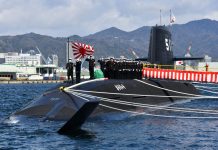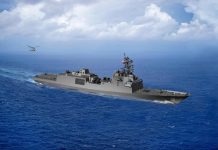The Philippines is rapidly emerging as a frontline state in the US-China rivalry in the Indo-Pacific, with Washington deploying its latest weapons systems in the country, which is part of the first island chain — the strategic archipelagos in East Asia comprising Taiwan, Japan, and the Philippines.
Just days after the nuclear-powered US carrier George Washington arrived off the Philippine capital for a port visit, the US deployed one of its most advanced fighter aircraft, the F-35, to the country for the first time.
The move reflects the increasing convergence between the strategic interests of the US, which is committed to protecting its allies in the Indo-Pacific, and the Philippines, which is increasingly at the receiving end of China’s aggressive behavior in the South China Sea.
The fifth-generation stealth aircraft arrived at the Clark Air Base to participate in the Cope Thunder 25-2 joint air drills. The drill, launched on July 7, will run until July 18.
More than 2,500 personnel – including 2,301 from the Philippine Air Force (PAF) and 225 from the US Pacific Air Forces – are taking part in the exercise. The PAF has also deployed several air assets, including FA-50 fighter jets, A-29B Super Tucanos, and AW109, S-76A, and S-70i Black Hawk helicopters.
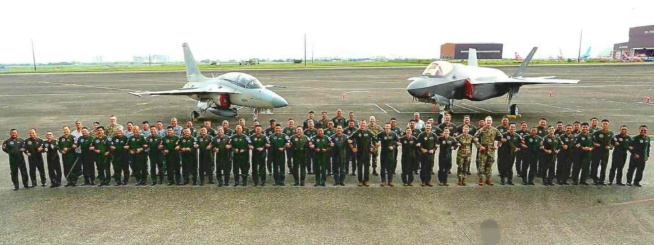
The drill focuses on bilateral fighter integration and enhancing interoperability among allies.
“The exercise offers a distinctive platform to integrate forces and enhance interoperability between the Philippine and United States air forces,” the Pacific Air Forces said in a statement.
Lieutenant Colonel Bryan Mussler, commander of the US 421st Fighter Squadron, told reporters the decision to deploy the F-35s in the Philippines was meant to deepen collaboration with regional partners, adding: “A free and open Indo-Pacific is something that we enjoy but should not take for granted in the future years if we want to continue to deter any form of aggression.”
During the drills, participants will take part in subject matter expert exchanges and field training exercises, which will take place at designated “intensive military training areas” throughout Northern Luzon, the PAF official said.
F-35s In The Philippines
Notably, this marks the first time the Philippine Air Force has flown alongside the U.S. Air Force’s F-35s. Earlier, in April 2025, during Cope Thunder 25-1, the PAF’s FA-50s flew with fourth-generation U.S. F-16 fighter jets.
Speaking about the F-35 deployment in the Philippines, Lieutenant Colonel Mussler said, “The F-35 is the cornerstone of the US forces, and we have a strong relationship with the PAF. We look forward to strengthening the alliance and continuing to integrate.”
On July 7, the first day of the drills, PAF’s FA-50 jets and USAF’s F-35s conducted joint flights within the Philippines’ Exclusive Economic Zone.
Big Leap For Indian Navy’s Anti-Submarine Capability; DRDO Tests Extended Range Anti-Sub Rocket
The deployment symbolizes the Philippines’ emerging role as a frontline state in the US-China rivalry in the Indo-Pacific.
The F-35 deployment appears to confirm the Philippines’ emerging role as a key frontline state in checking China, especially under the Enhanced Defense Cooperation Agreement (EDCA), which allows the US military to access and utilize designated Philippine military bases for joint training, exercises, and humanitarian assistance.
Notably, in 2023, Manila granted the US access to four additional EDCA locations, bringing the total to nine, despite Beijing’s vehement opposition.
The Philippines, along with Japan, is critical for the US in defending Taiwan. In April this year, the military chief of the Philippines warned that China was trying to infiltrate the Philippine military and other institutions and warned that the country would “inevitably” be involved if Taiwan was invaded.
“If something happens to Taiwan, inevitably, we will be involved,” General Romeo Brawner said without naming the potential invader.
The Philippines and Taiwan are merely separated by Luzon Strait, a deep channel connecting the South China Sea to the Philippine Sea. A part of this strait, the Bashi Channel runs between the Philippines’ Batanes Islands and Taiwan and is a crucial choke point for ships traveling between the western Pacific and the South China Sea.
The channel is likely to be used by China in the case of an invasion. This geographical proximity has given rise to fears that the Philippines would be dragged into a conflict with China if it decided to invade Taiwan.
Furthermore, the Philippines is a treaty ally of the US. The two countries signed the U.S.-Philippines Mutual Defense Treaty in 1951.
The US has been deploying its most advanced weapons systems in the Philippines for some years.
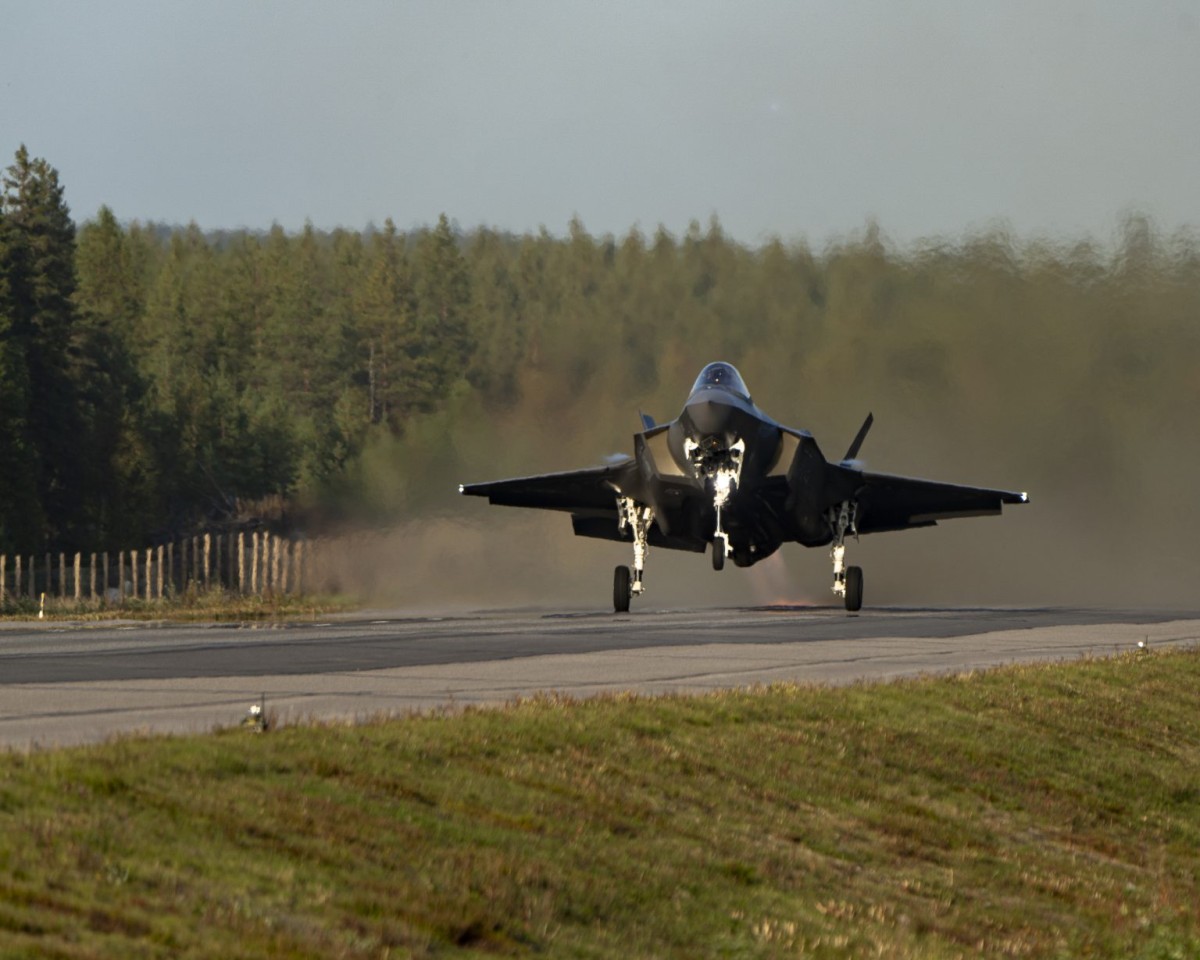
In 2023, the US Air Force’s (USAF) most advanced fighter, the F-22 Raptor, exercised with the FA-50PH fighters of the PAF.
In April this year, the US deployed one of its most advanced anti-ship missile systems, the Navy-Marine Expeditionary Ship Interdiction System (NMESIS), to the Philippines, transforming the Luzon Strait into a modern-day maritime chokepoint.
Also in April, the US approved the sale of 20 F-16 fighter jets, valued at US$5.58 billion, to the Philippines.
The package included various internal systems, 22 AESA radars, and 24 engines. It also included a set of lethal munitions, including 60 MK-82 500-lb general-purpose bombs, 60 MK-84 2,000-lb general-purpose bombs, 36 Guided Bomb Unit (GBU)-39/B Small Diameter Bombs Increment 1 (SDB-1), 40 AIM-9X Block II Sidewinder missiles, and 32 AIM-9X Block II Sidewinder Captive Air Training Missiles (CATMs).
Earlier, in April 2024, the US Army deployed its Typhon ground-based missile system in Luzon, the Philippines, to participate in Exercise Balikatan 2024 and Exercise Salaknib 2024.
In response to its deployment, Beijing expressed considerable concern. In a demonstration of its military capability, the PLA conducted a rare intercontinental ballistic missile (ICBM) launch over the Pacific from Hainan Island in September 2024, underscoring China’s serious concerns regarding the Typhoon system’s operational capabilities and strategic implications.
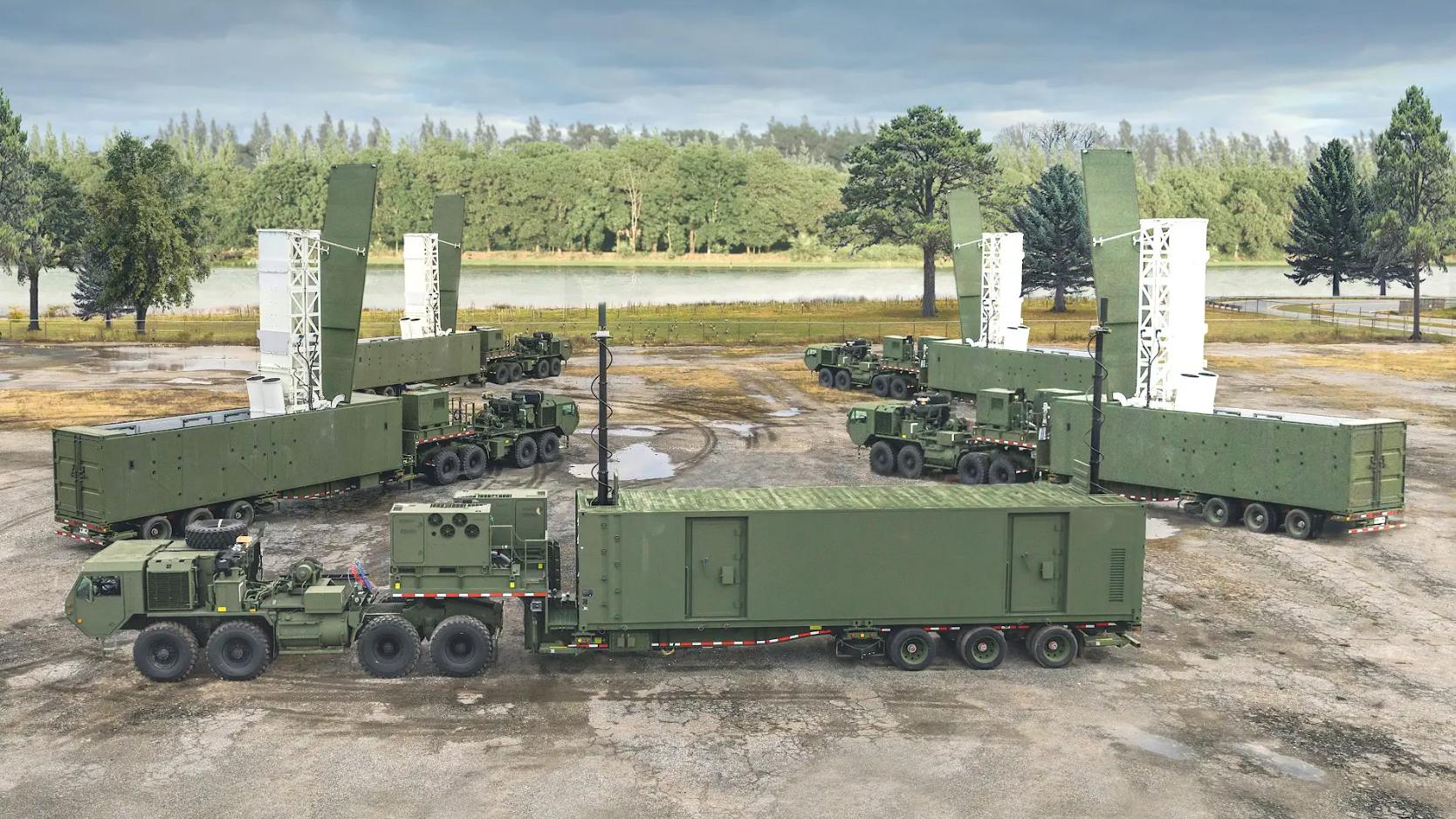
The Philippines and the US are also participating in multiple joint war drills. The two countries also participated in Balikatan war drills earlier this year.
The deepening defense partnership between the US and the Philippines is set to alarm China, which has repeatedly accused the US of destabilizing the region.
Notably, the F-35s are already deployed in many Southeast Asian countries, including Japan, South Korea, and Singapore. Furthermore, the stealth aircraft has also operated from Brunei, Indonesia, and Thailand as part of brief deployments and joint drills.
Now, the F-35 war drill with the PAF is set to antagonize China further.
- Sumit Ahlawat has over a decade of experience in news media. He has worked with Press Trust of India, Times Now, Zee News, Economic Times, and Microsoft News. He holds a Master’s Degree in International Media and Modern History from the University of Sheffield, UK.
- VIEWS PERSONAL OF THE AUTHOR.
- He can be reached at ahlawat.sumit85 (at) gmail.com

